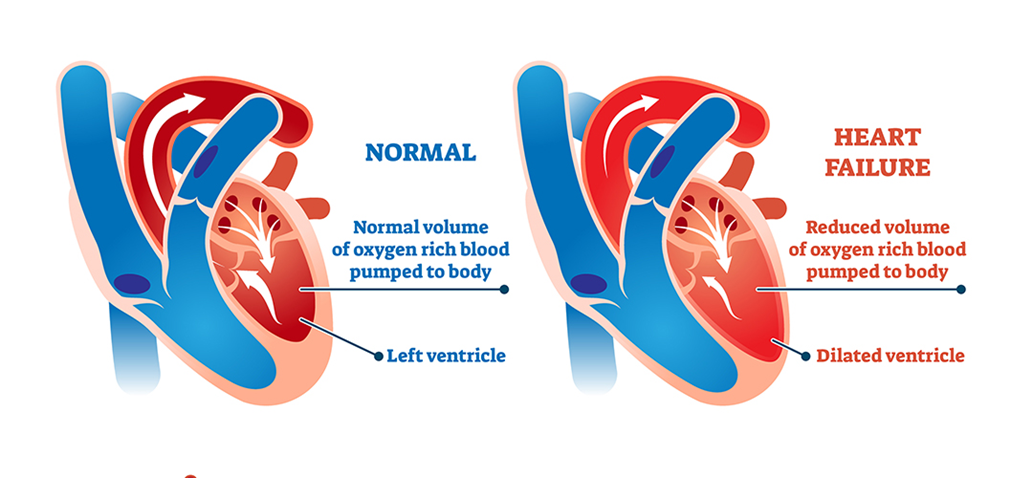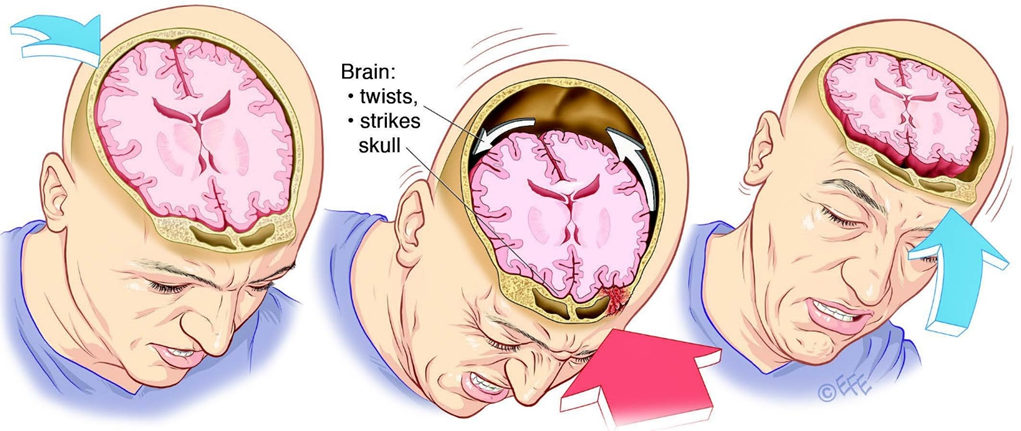Which of the following manifestations is commonly associated with left heart failure?
Palpitations
Peripheral edema
Shortness of breath
Chest pain
The Correct Answer is C
Choice A: Palpitations
Palpitations, or the sensation of a rapid or irregular heartbeat, can occur in various heart conditions, including left heart failure. However, they are not the most common or specific symptom of left heart failure. Palpitations can be caused by arrhythmias, anxiety, or other cardiac issues. In the context of left heart failure, the heart's inability to pump blood effectively leads to fluid buildup in the lungs, causing shortness of breath, which is a more direct and common manifestation.
Choice B: Peripheral edema
Peripheral edema, or swelling in the legs and ankles, is more commonly associated with right-sided heart failure. In right-sided heart failure, the heart's right ventricle fails to pump blood efficiently, leading to fluid accumulation in the body's extremities. While peripheral edema can occur in left heart failure, it is not as common as shortness of breath. Left heart failure primarily affects the lungs, leading to pulmonary congestion and shortness of breath.
Choice C: Shortness of breath
Shortness of breath, or dyspnea, is the hallmark symptom of left heart failure. When the left side of the heart fails to pump blood effectively, blood backs up into the pulmonary veins, causing fluid to leak into the lungs. This results in pulmonary congestion and difficulty breathing. Patients with left heart failure often experience shortness of breath during physical activity, while lying down (orthopnea), or waking up at night (paroxysmal nocturnal dyspnea). This symptom is a direct consequence of the heart's reduced ability to manage blood flow and is a key indicator of left heart failure.
Choice D: Chest pain
Chest pain can be a symptom of various cardiac conditions, including coronary artery disease, myocardial infarction (heart attack), and angina. While chest pain can occur in heart failure, it is not the most common manifestation of left heart failure. The primary issue in left heart failure is the heart's inability to pump blood effectively, leading to fluid buildup in the lungs and shortness of breath. Chest pain is more typically associated with ischemic heart conditions rather than heart failure itself.

Nursing Test Bank
Naxlex Comprehensive Predictor Exams
Related Questions
Correct Answer is A
Explanation
Choice A Reason:
Difficulty swallowing is a critical finding in a client with burns to the face, ears, and eyelids. This symptom can indicate airway edema or obstruction, which is a life-threatening condition. Burns in these areas can cause significant swelling, leading to compromised airways. Immediate intervention is required to secure the airway and prevent respiratory failure.
Choice B Reason:
Pain of 6 on a scale of 0 to 10 is important to manage for patient comfort and to prevent complications related to pain, such as increased heart rate and blood pressure. However, it is not the immediate priority over potential airway compromise. Pain management can be addressed once the airway is secured.
Choice C Reason:
A heart rate of 122/min indicates tachycardia, which can be a response to pain, stress, or hypovolemia. While it is important to monitor and manage, it is not as immediately life-threatening as airway obstruction. Tachycardia can be addressed after ensuring the airway is clear.
Choice D Reason:
Urinary output of 25 mL/hr is below the normal range (typically 30-50 mL/hr) and can indicate dehydration or renal impairment. While this is a concerning finding, it is not the immediate priority compared to securing the airway. Fluid resuscitation and renal function can be managed once the airway is stabilized.
Correct Answer is C
Explanation
Choice A Reason:
Elevating the client's head on two pillows can help reduce ICP by promoting venous drainage from the brain. However, it is important to ensure that the head is not elevated too high, as this can impede venous return and potentially increase ICP. The recommended elevation is typically 30 degrees. While this intervention is beneficial, it is not the most critical action compared to reducing environmental stimuli.
Choice B Reason:
Keeping the client well hydrated is essential for overall health, but excessive hydration can increase ICP by increasing the volume of cerebrospinal fluid and blood within the cranial vault. Fluid management must be carefully monitored to avoid exacerbating ICP. Therefore, while hydration is important, it must be balanced and not excessive.
Choice C Reason:
Decreasing the noise level in the client's room is crucial for minimizing external stimuli that can increase ICP. Noise and other environmental stressors can lead to increased agitation and stress, which in turn can elevate ICP. Creating a calm and quiet environment helps in maintaining a stable ICP and is a non-invasive, easily implementable intervention.
Choice D Reason:
Frequent suctioning of the endotracheal tube can cause transient increases in ICP due to the stimulation and potential for coughing. While suctioning is necessary to maintain airway patency, it should be performed judiciously and only when clinically indicated. Over-suctioning can lead to spikes in ICP and should be avoided.

Whether you are a student looking to ace your exams or a practicing nurse seeking to enhance your expertise , our nursing education contents will empower you with the confidence and competence to make a difference in the lives of patients and become a respected leader in the healthcare field.
Visit Naxlex, invest in your future and unlock endless possibilities with our unparalleled nursing education contents today
Report Wrong Answer on the Current Question
Do you disagree with the answer? If yes, what is your expected answer? Explain.
Kindly be descriptive with the issue you are facing.
